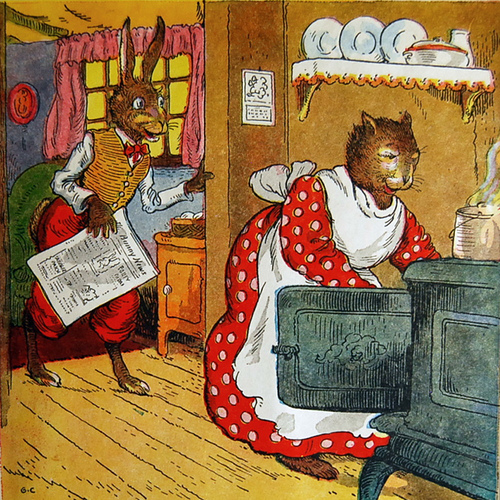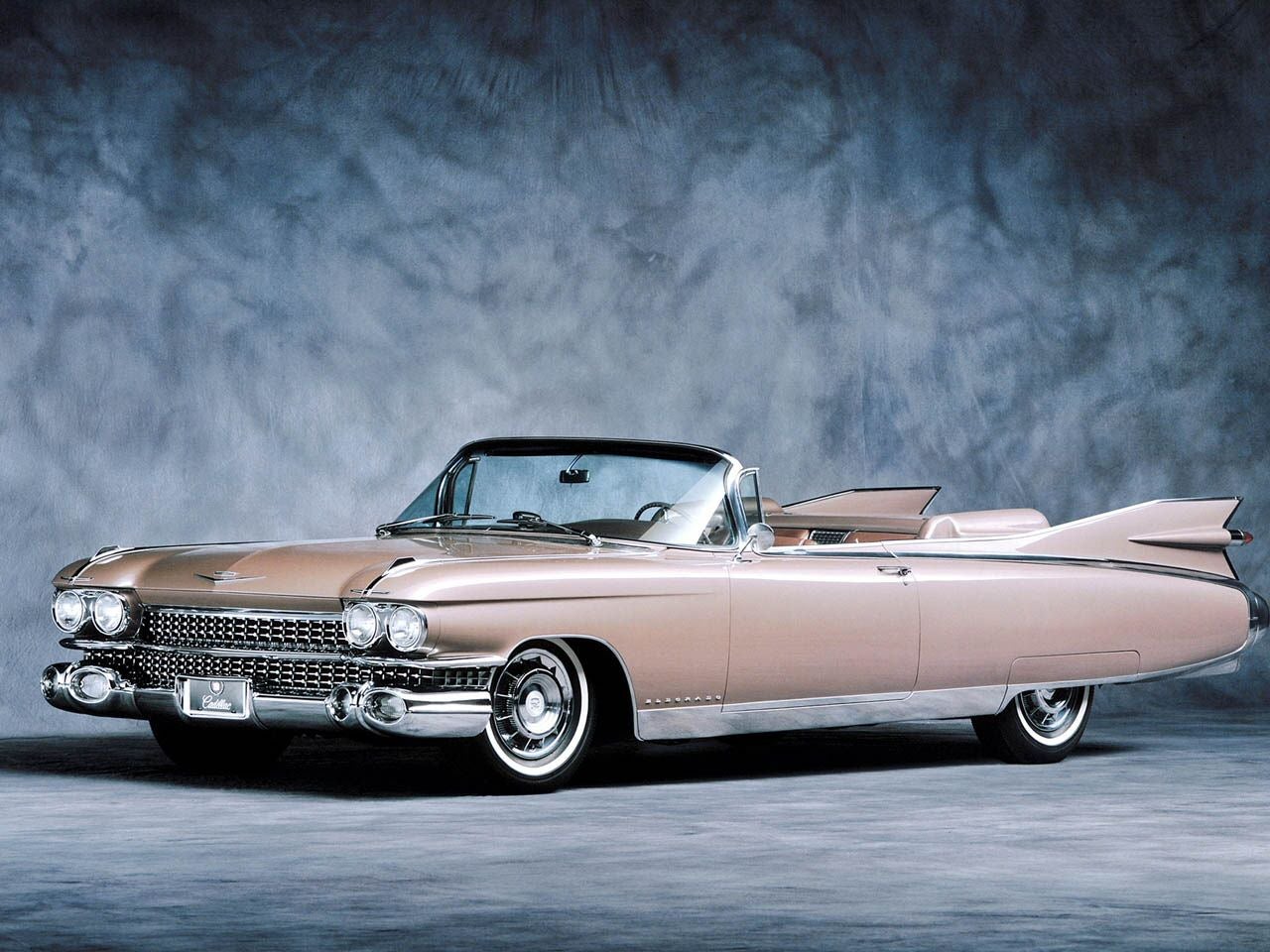At some point I will have to write an entry about my family's musical pursuits (my mom, some cousins, aunts, etc.), but that would be paragraphs in and of itself. So for now, I will just focus on two of the visual artists in my family, whose work I have for so long respected and been influenced by.
The first influence, is my great grandmother. Some of the very first artwork that I saw was hanging in my bedroom, and among the pieces was this one:
It is a picture of a fox breaking into a fence near a chicken coop. Although I am not sure about the exact knitting/weaving/crocheting method she used, the image is made out of colored yarn. The picture came directly from my great grandmother's imagination, and I am told that she made them without patterns. The subject matter is similar to mine, and the attitude of the fox, and the animal's inherent personality have greatly influenced the way I portray animals in my work. The use of color has likely been influential as well.
Cumulatively, I spent hours staring at the picture of the fox, as it was on my wall for years. As a result, I do not think it would be possible for me to overstate the influence of this one image. Apart from the immediate aesthetic results of this inspiration, my great grandmother's work has one other implication. Though my work has a clear folk-art element, it is not necessarily an exclusively American one. My great grandmother was from Latvia, and her influence on my work partially ties my own into a slightly different folk art heritage.
The second influence on my art is the photography of my father. We are both interested in similar subject matter: urban decay, the modern city, rusty things, old infrastructure, nature, farms, etc. Although I do not have many of his images available at present, one is below:
My dad's photography champions the underdog. His pictures center on items that have long since been forgotten or abandoned: buildings that no longer house anything; city streets which only seem to lead away from town. I have always been impressed by his ability to zoom in on a detail that would otherwise be overlooked--it is both a compositional talent, and a natural ability to find value in the realm of the forgotten. Though I do not do a lot of photography, I would like to think that the artistic decisions that fuel his work, have improved my own.
The influence has also been direct at times, as in my drawing below:












